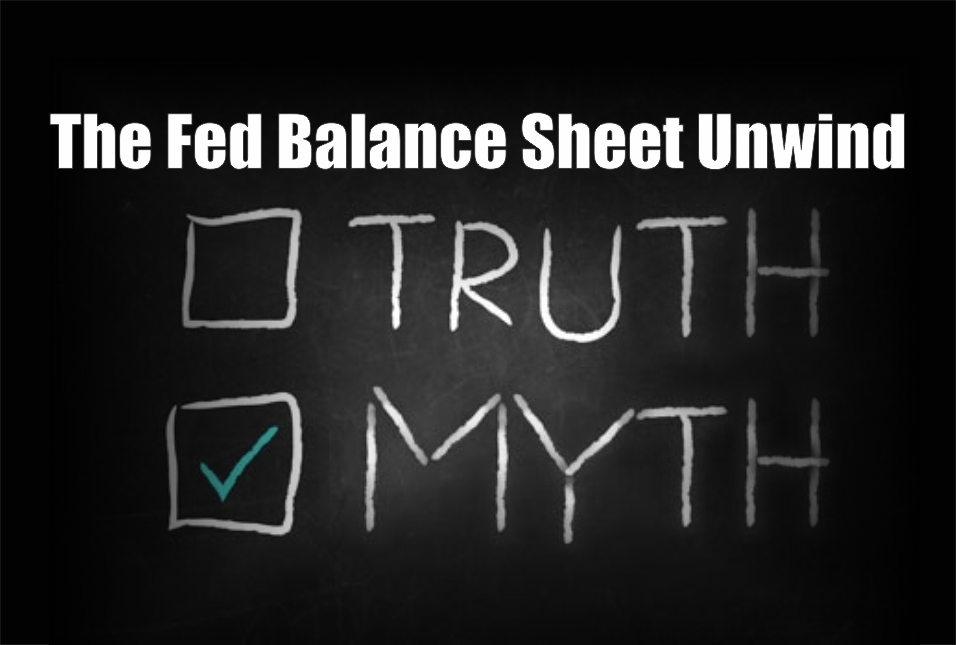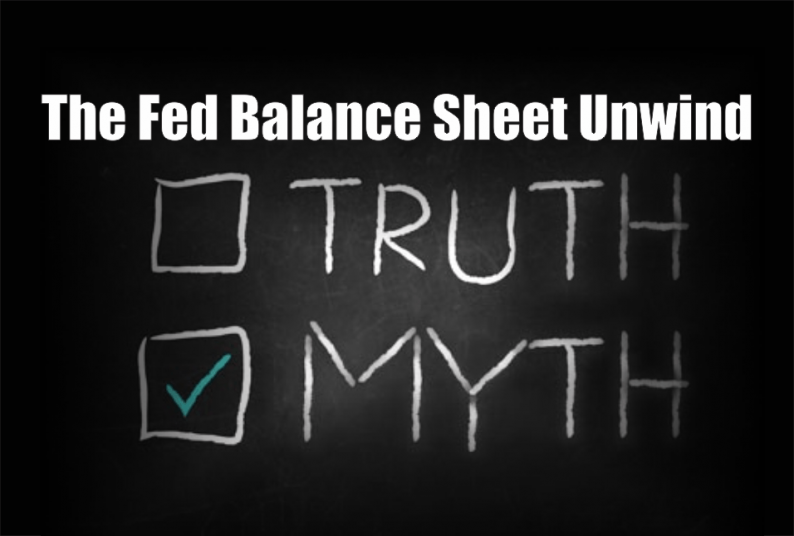
Since the beginning of the year, the Federal Reserve has been heavily discussing, warning rather, they were going to begin to “unwind” their gargantuan balance sheet. As Michael Lebowitz recently penned in his subscription-only article “Draining The Punchbowl:”
“Since QE was first introduced, the S&P 500 has gained 1,546 points. All but 355 points were achieved during periods of QE. Of those remaining 355 points, over 80% occurred after Trump’s victory.”
That is a pretty amazing set of stats. I have previously noted the high correlation of the financial markets relative to the ongoing liquidity operations of the Federal Reserve. I have updated that analysis to show the reduction in the balance according to the Fed’s proposed schedule.

While the market stumbled following the end of QE in the United States, global QE, as shown in the charts of the major global Central Banks picked up the slack.

But now, the ECB has already begun discussing their plans to begin cutting the amount of their QE program by half in the coming year.
“European Central Bank officials are considering cutting their monthly bond buying by at least half starting in January and keeping their program active for at least nine months, according to officials familiar with the debate.
Reducing quantitative easing to 30 billion euros ($36 billion) a month from the current pace of 60 billion euros is a feasible option, said the officials, who asked not to be identified because the deliberations are private. That reduced flow would match existing predictions from economists at institutions including ABN Amro Bank NV and Bank of America Merrill Lynch.”
The hope, of course, by Central Bank officials is that global economies are now humming along at a pace strong enough to withstand the reduction of “emergency measures.” Of course, the real question is whether the Central Bank’s “measures” of economic strength are accurate. While there are certainly indicators such as GDP growth, production, and employment measures which suggests that global economies are indeed on a cyclical upswing, there are also numerous measures which suggest the opposite.
As I stated previously,
“The Fed understands that economic cycles do not last forever, and we are closer to the next recession than not. While raising rates will accelerate a potential recession and a significant market correction, from the Fed’s perspective it might be the ‘lesser of two evils.’ Being caught near the ‘zero bound’ at the onset of a recession leaves few options for the Federal Reserve to stabilize an economic decline.”













Leave A Comment